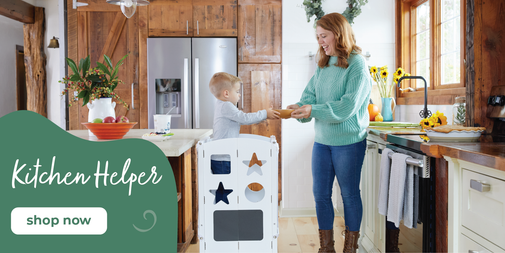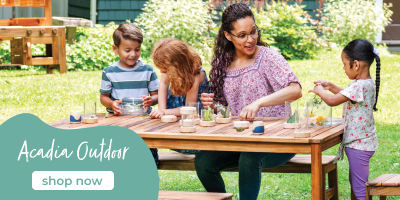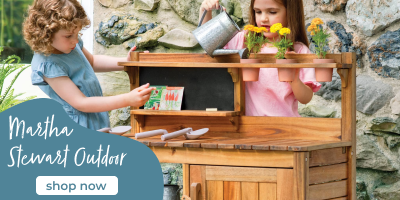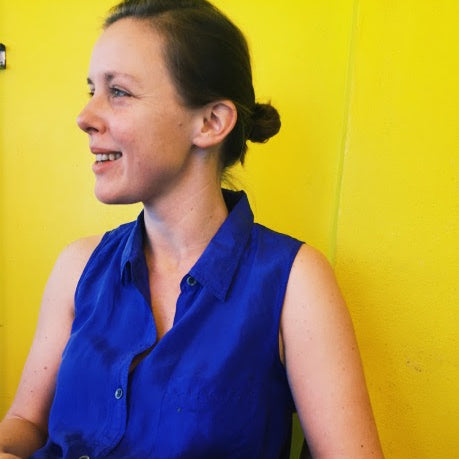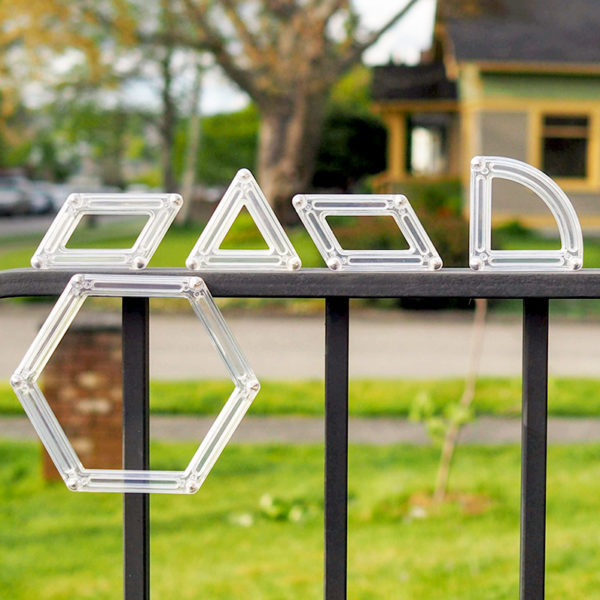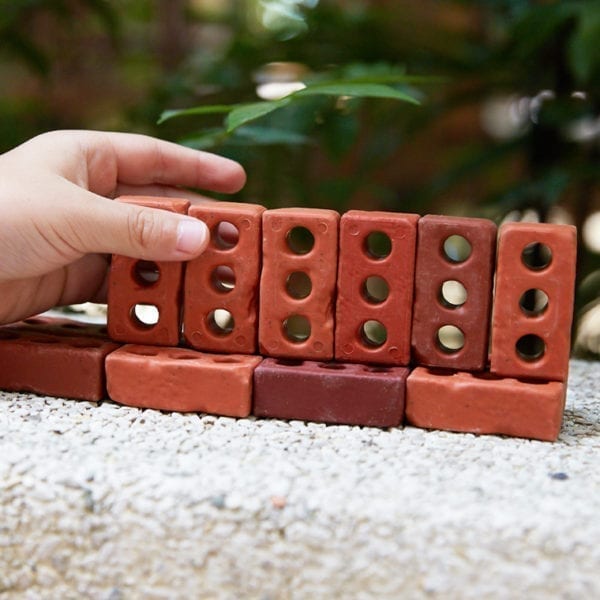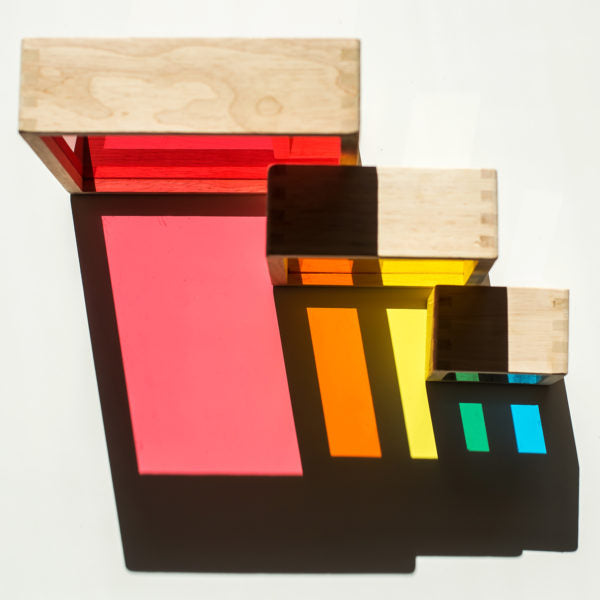Process Over Product

For young children, play is about experiencing the world: about getting their hands on and into all the things that spark their curiosity. Kids want to interact with their surroundings, with objects and spaces. They don’t necessarily need a finished product or a pre-determined end point. Kids are happy to jump into play for the sake of play itself.
Accepting this and leaning into it is a key to understanding and respecting play-based learning: kids are already happy to play. We don’t need to tell them what to do or how to do it: they are wired to engage in a process and follow their playful instincts. With open-ended materials available, kids can create and recreate whatever they need to in order to make their play personal and meaningful.

It can be frustrating to watch a child take a different path than we would choose with materials. We feel like experts, after all: we have the background and the motor skills and the logic to do things the “right way”. But when the process is the goal, we have to let children make mistakes, try out ideas and find their logic (or illogic) all on their own. This means stepping back and trusting children’s capabilities.

Nothing can go wrong, and everything goes together.
When we see the value in the process of play, we know it is impossible to be wrong. When we open our minds to how different objects can complement and encourage each other, we see that everything goes together.
Using arches and tunnels to create enclosures, or uniquely balanced structures, is not incorrect. They make excellent tunnels; they can also be part of the landscape for tabletop storytelling, creating part of a world they are bringing out of their imagination and into their hands.
Children make little goals for themselves in the process of play. Perhaps they want a ball to go fast enough through a tube to reach another object: they need to adjust the height of the tube to make that happen. Perhaps they use a natural incline and create tunnels. Or, perhaps, the arches become just-right slides and scoops and circles. Children may revisit their process every day in their play, continuing to test and see if they get the same results. They may tinker and mess around in a way that, from the outside, seems unproductive. Process is rarely neat and clean: it’s full of missteps and questions and do-overs. That process is where learning and understanding live.
There is not much more we need to do, as adults, than create space, step back, and observe. Every day will offer an opportunity to step back and watch a child engaged in a self-directed play process: you’ll know it when you see it!
